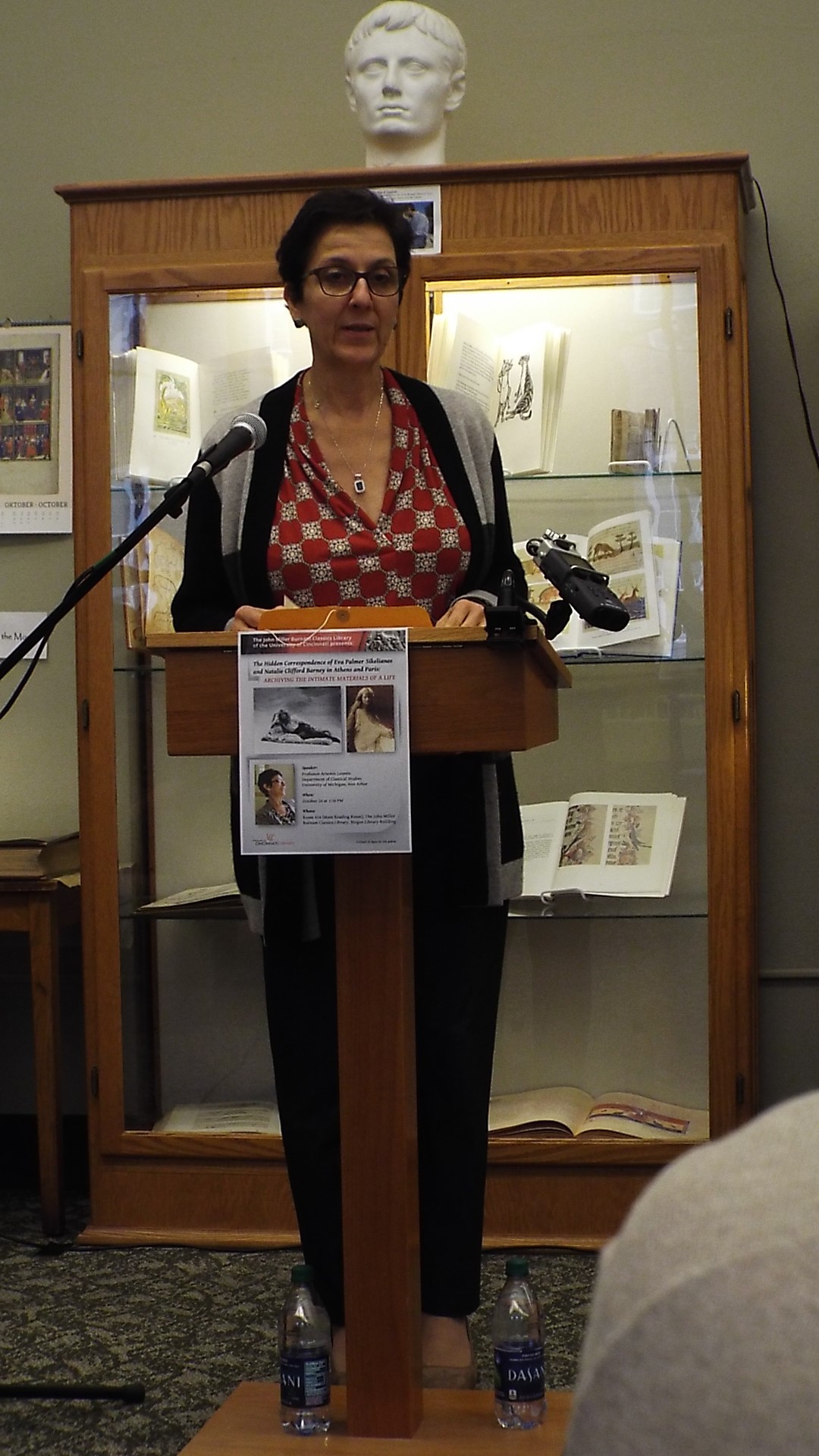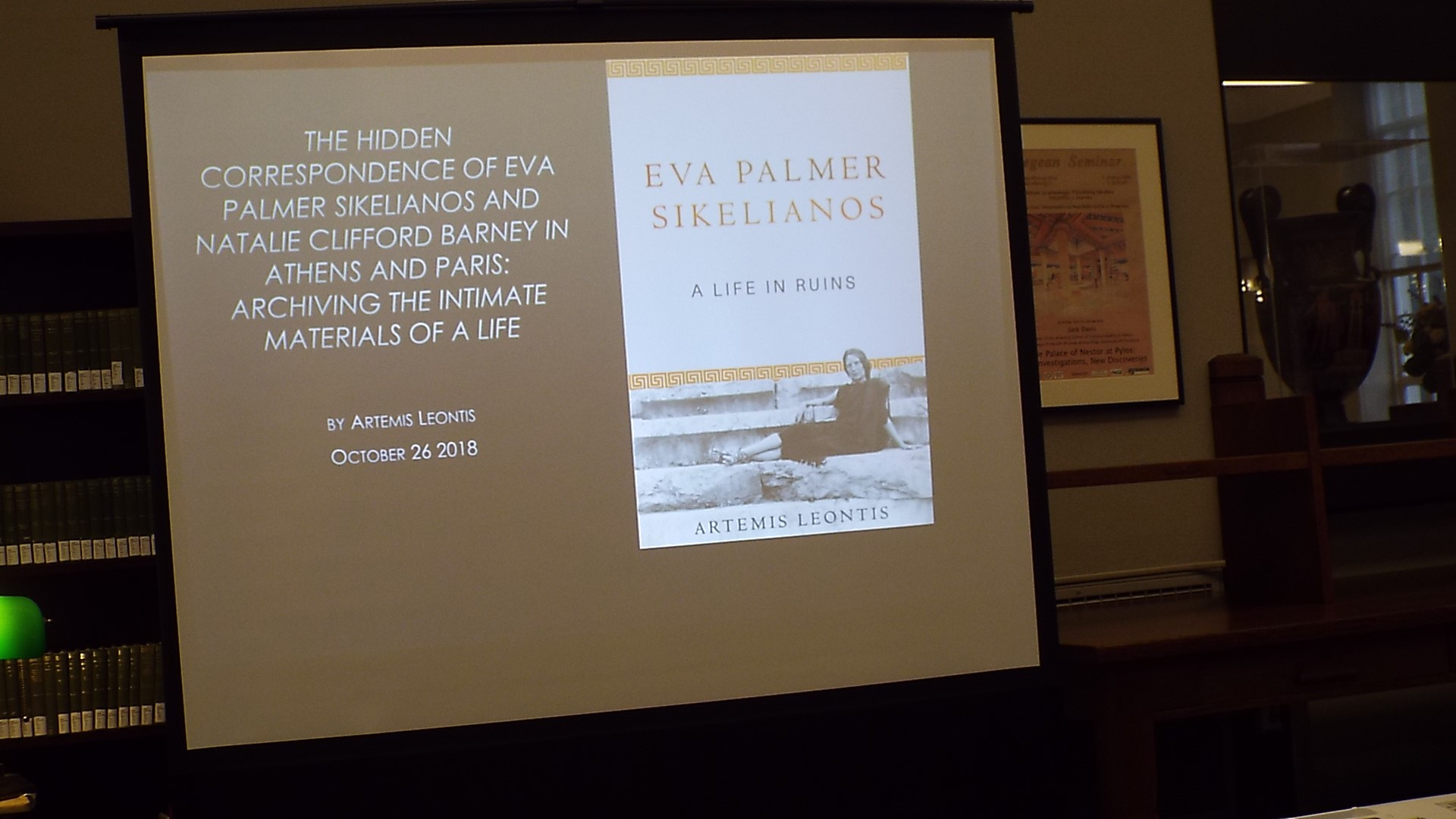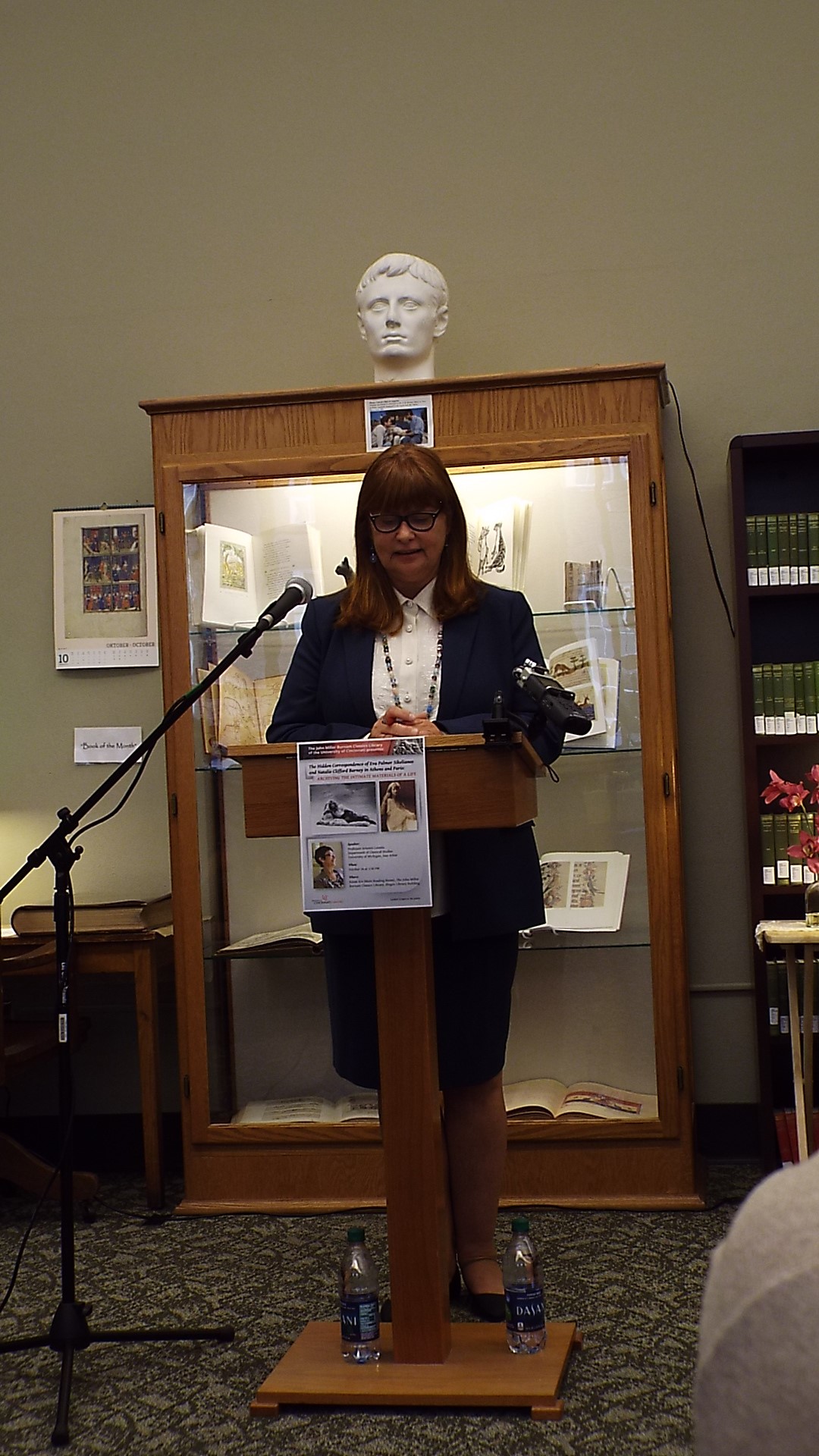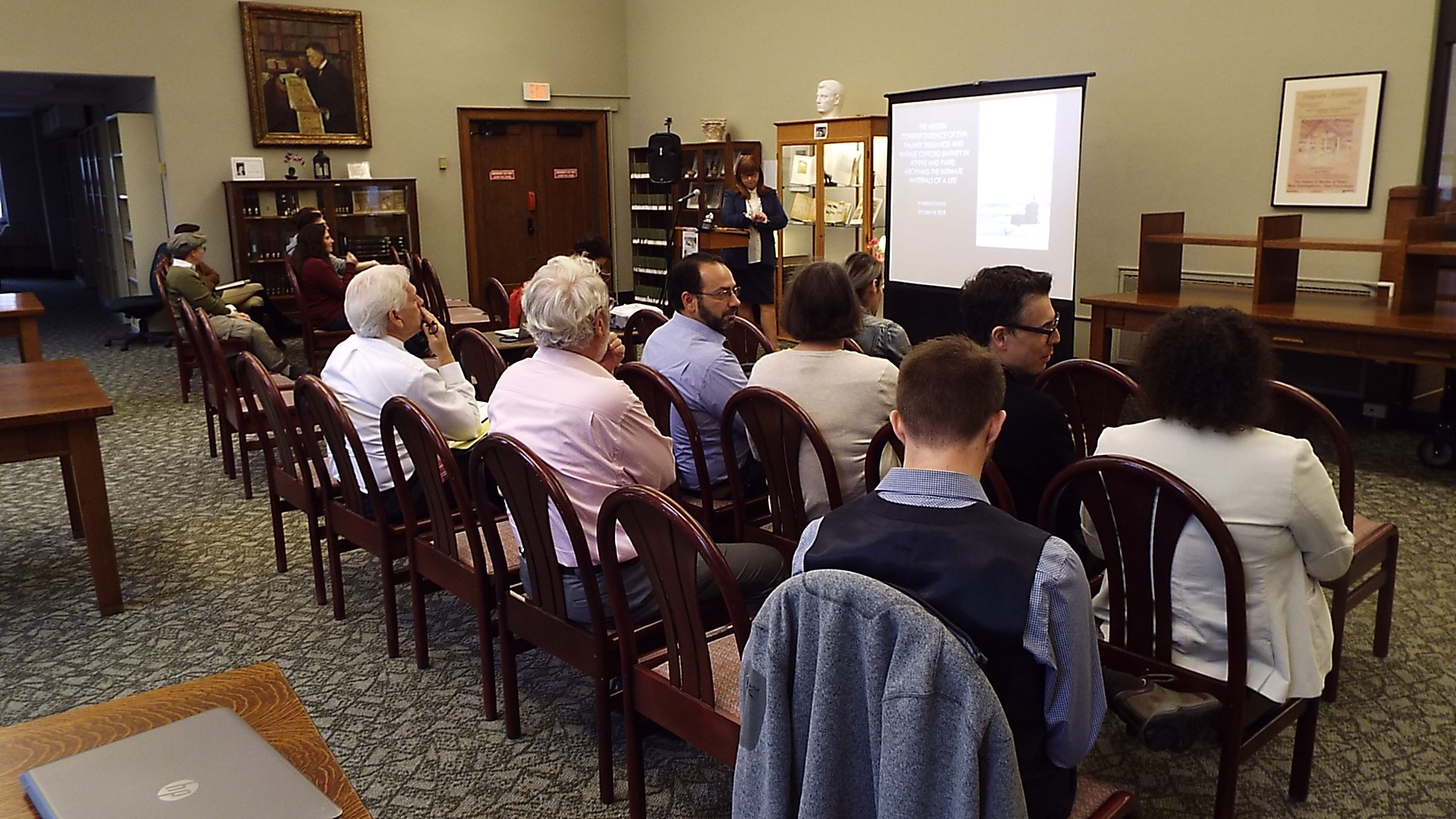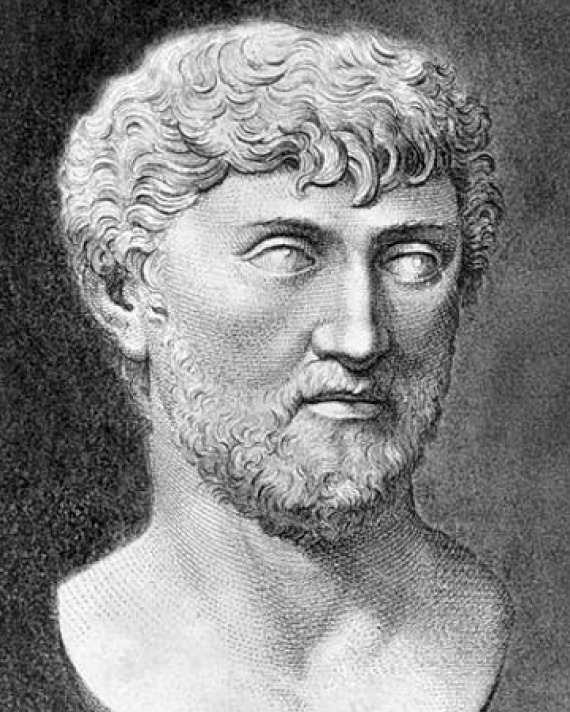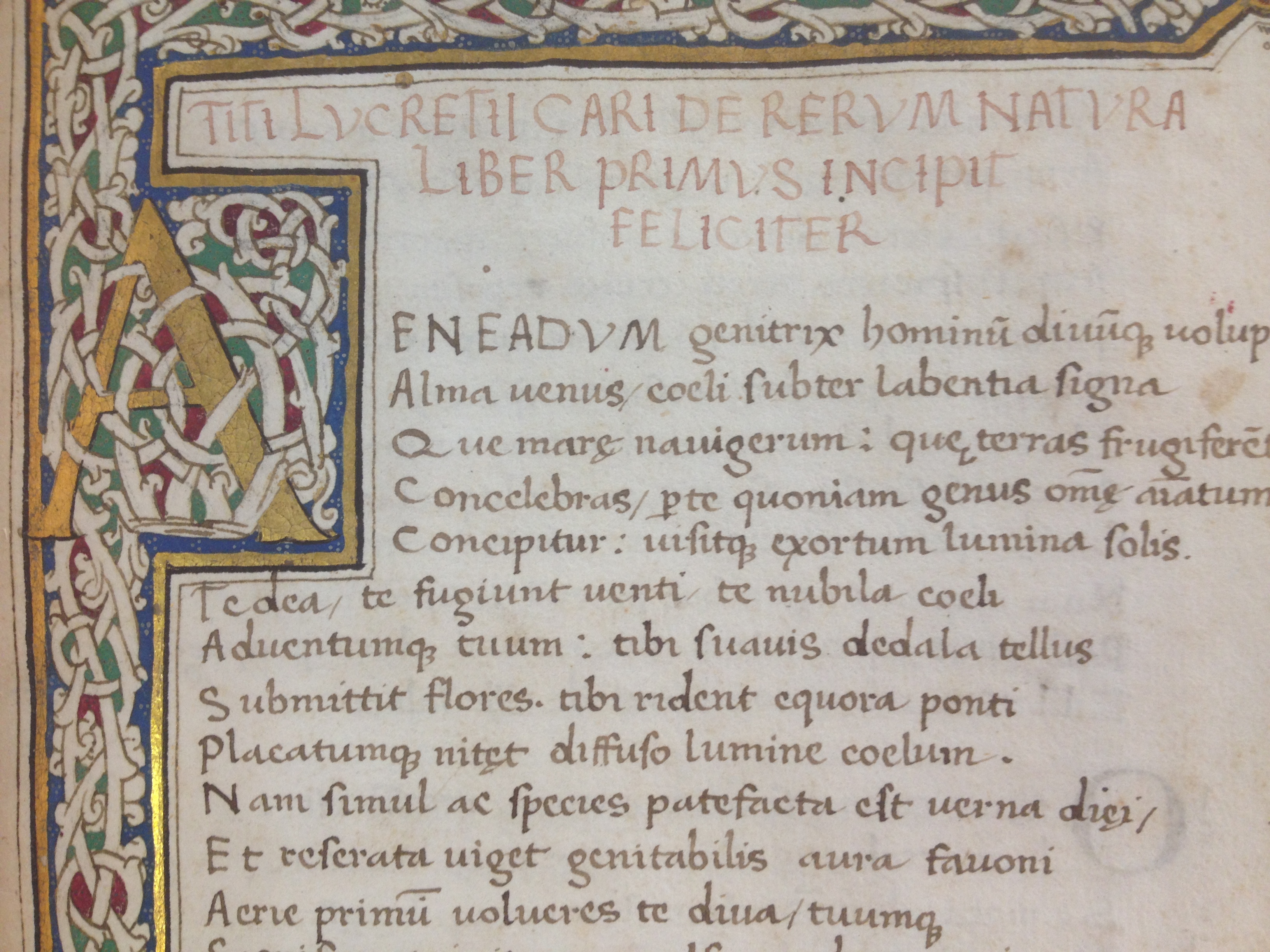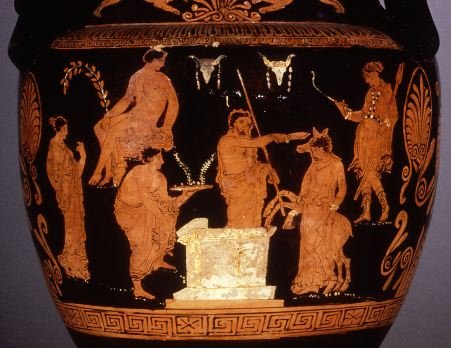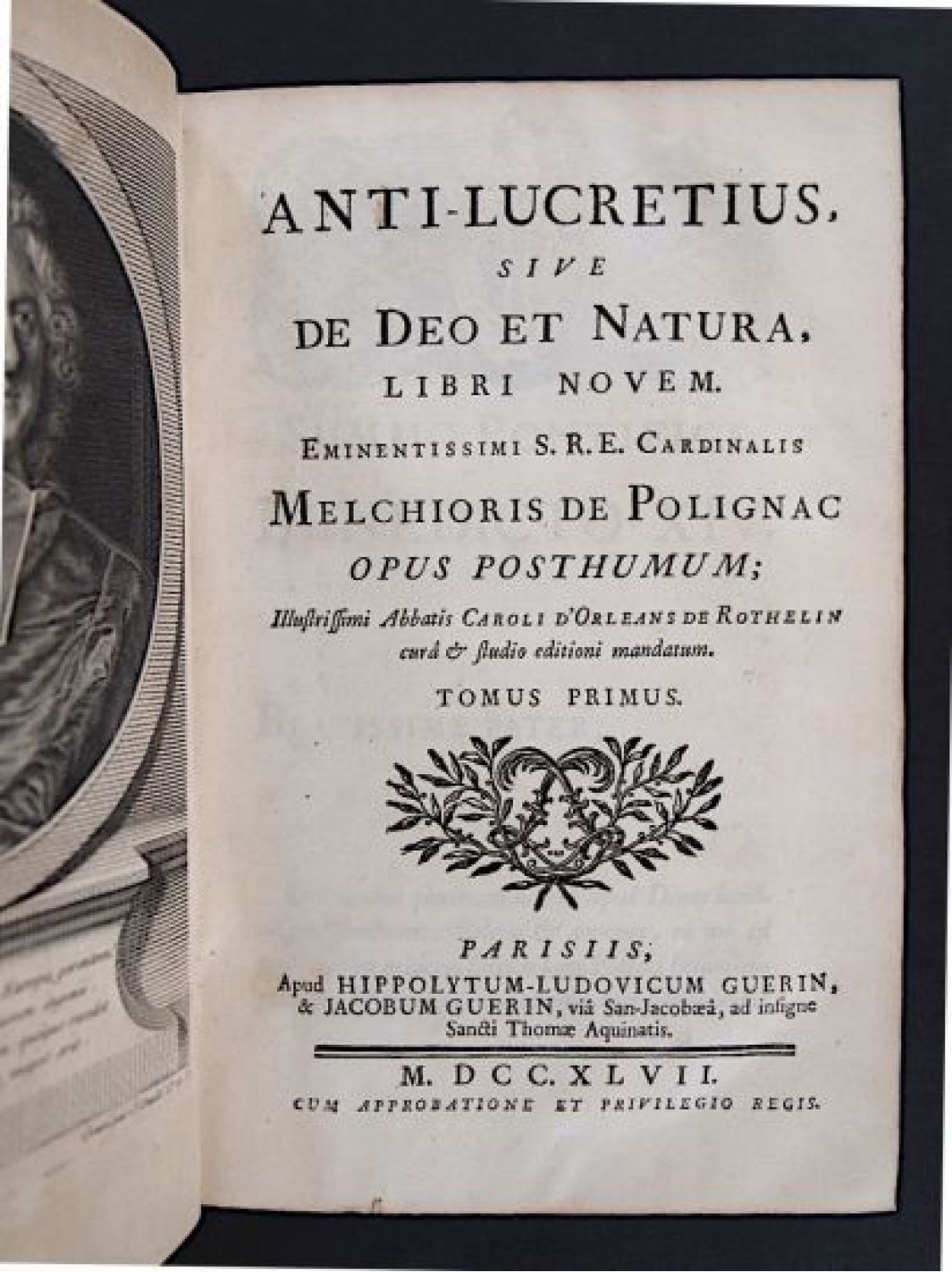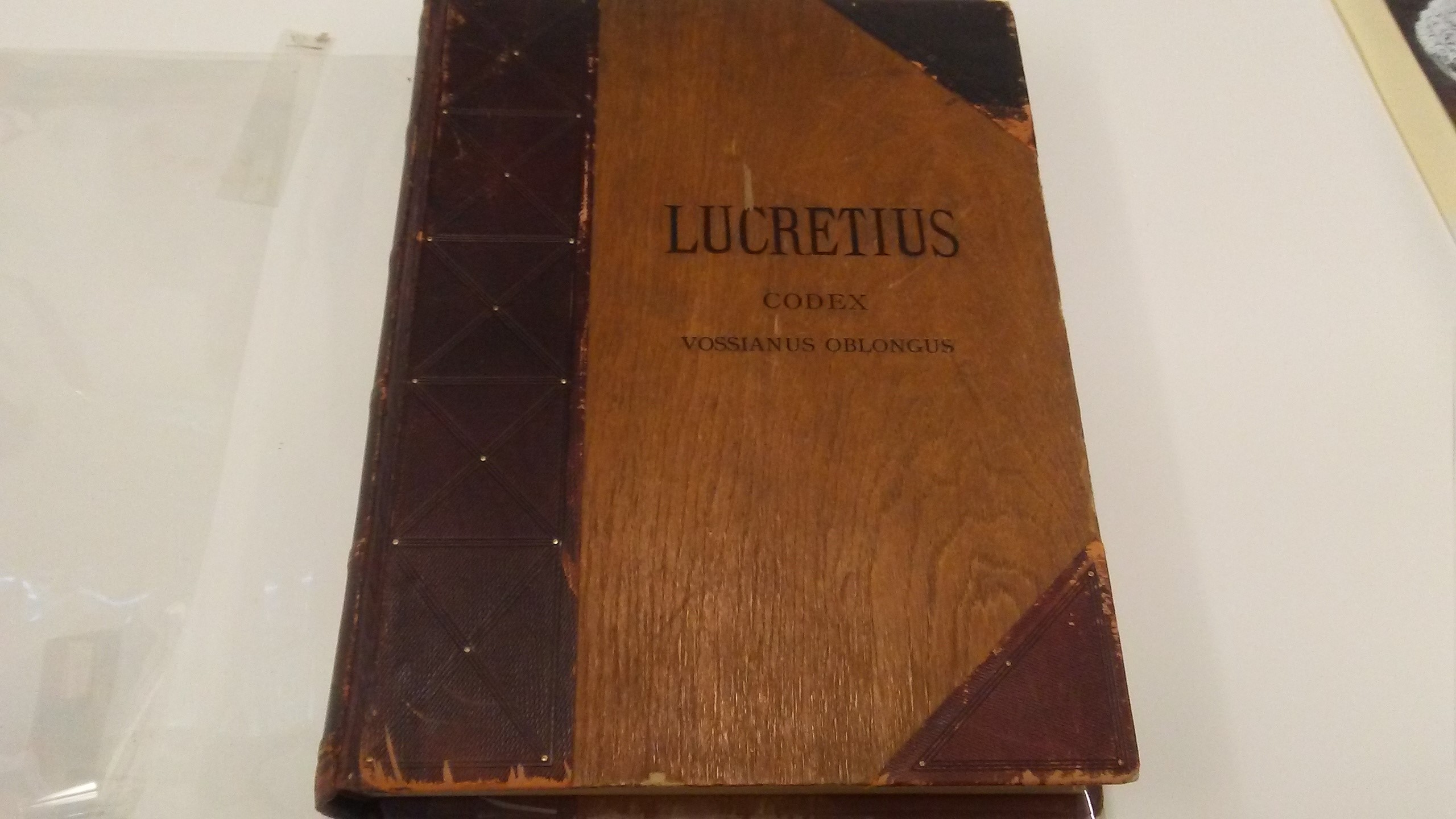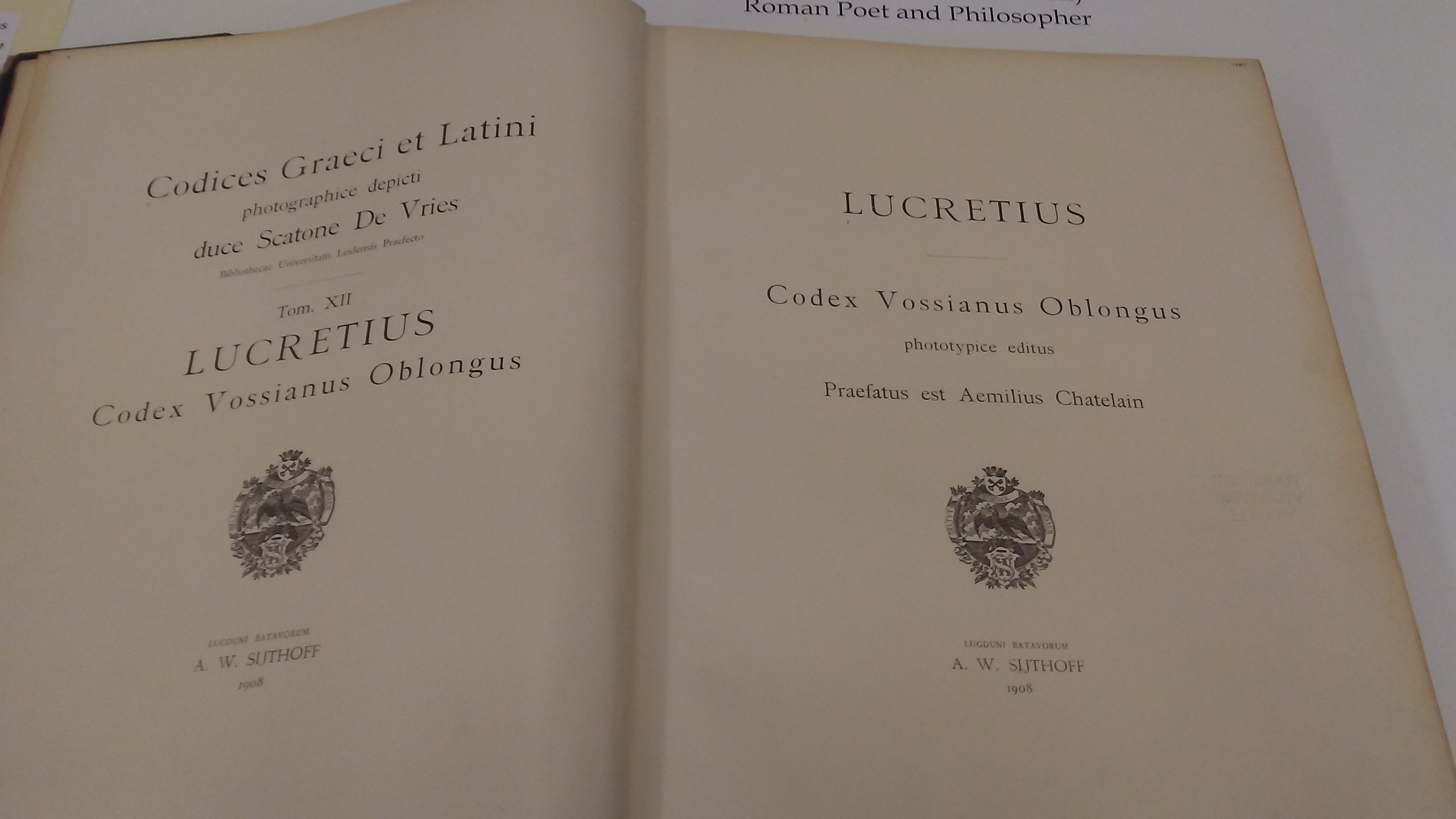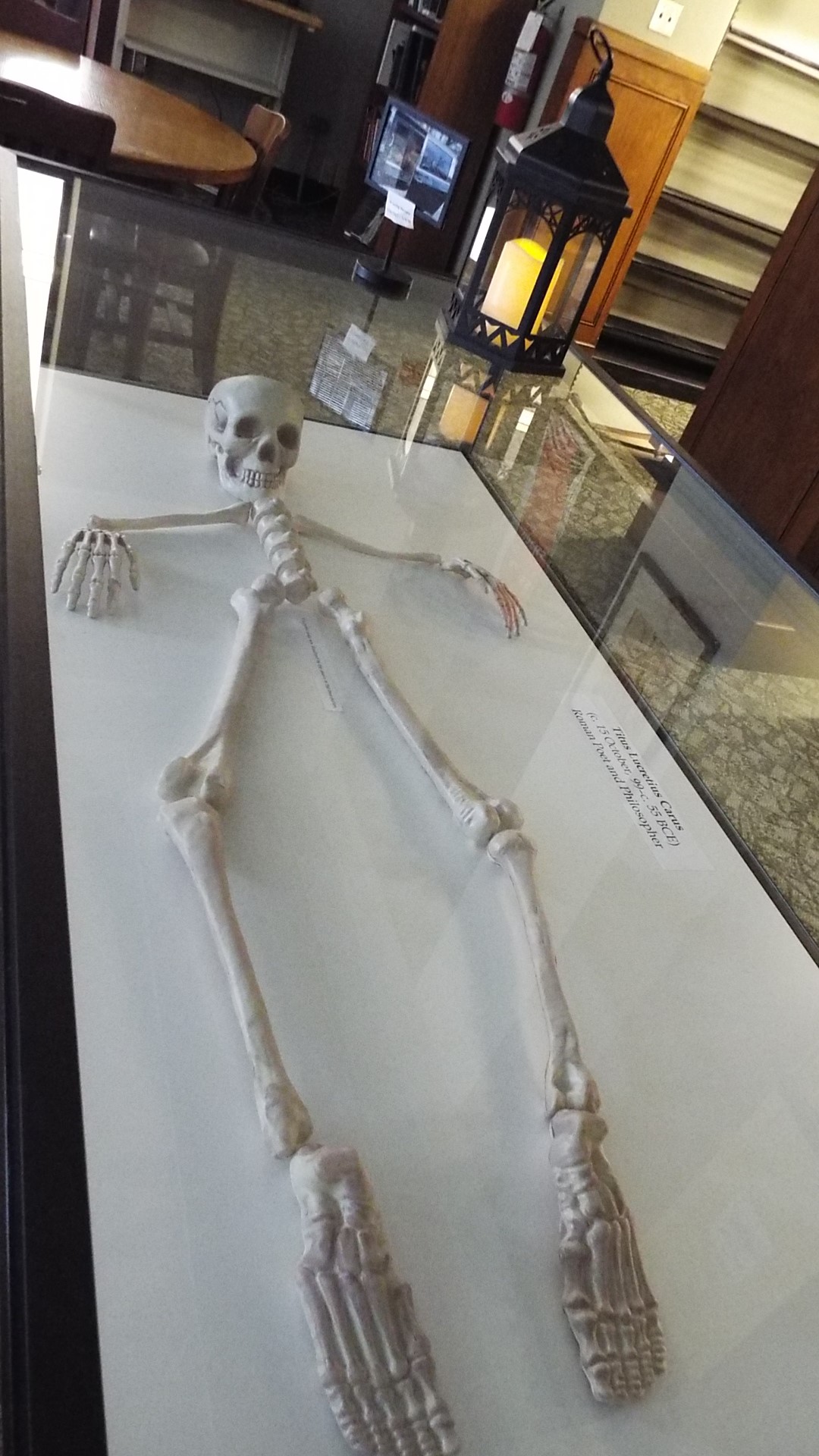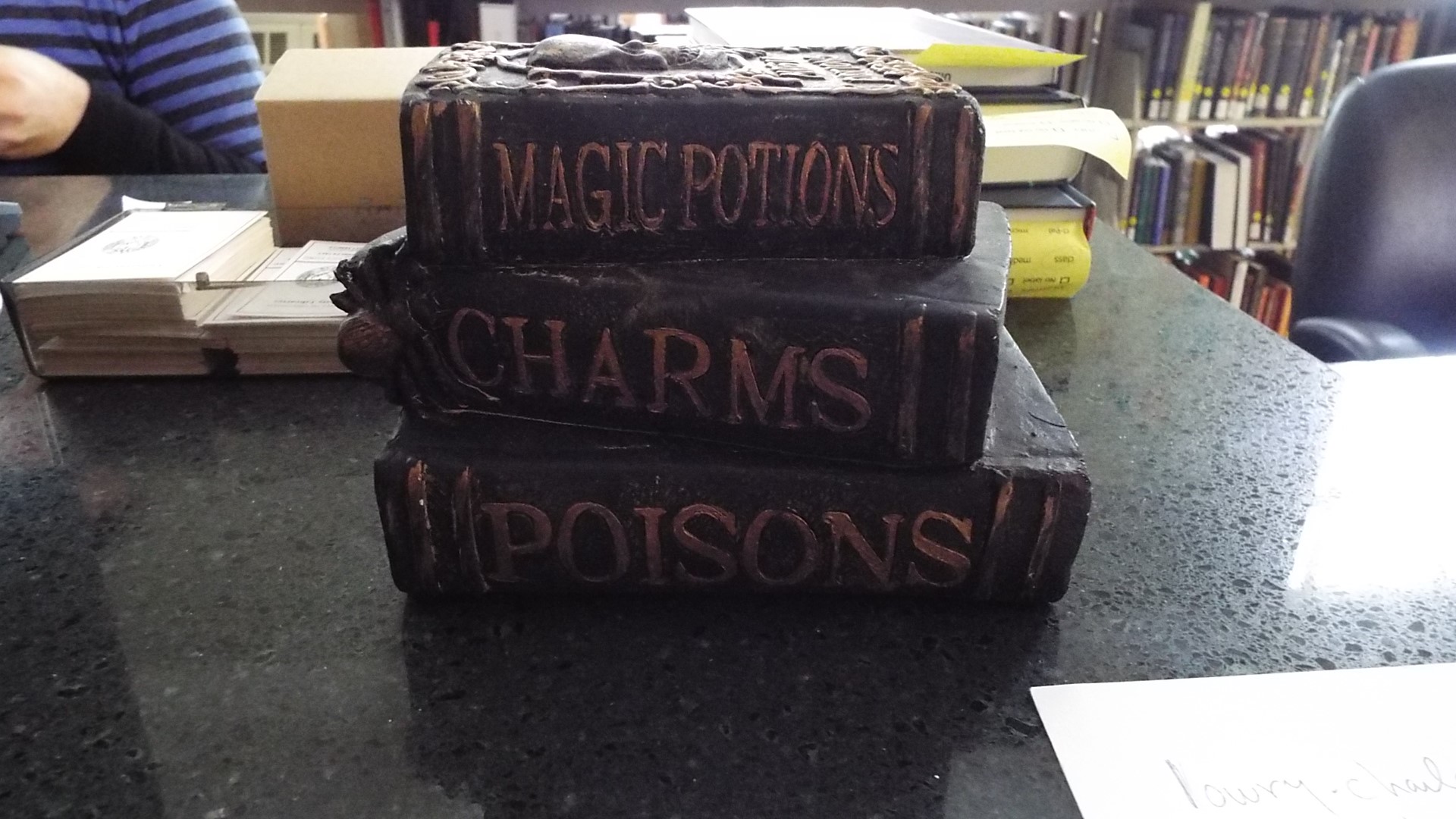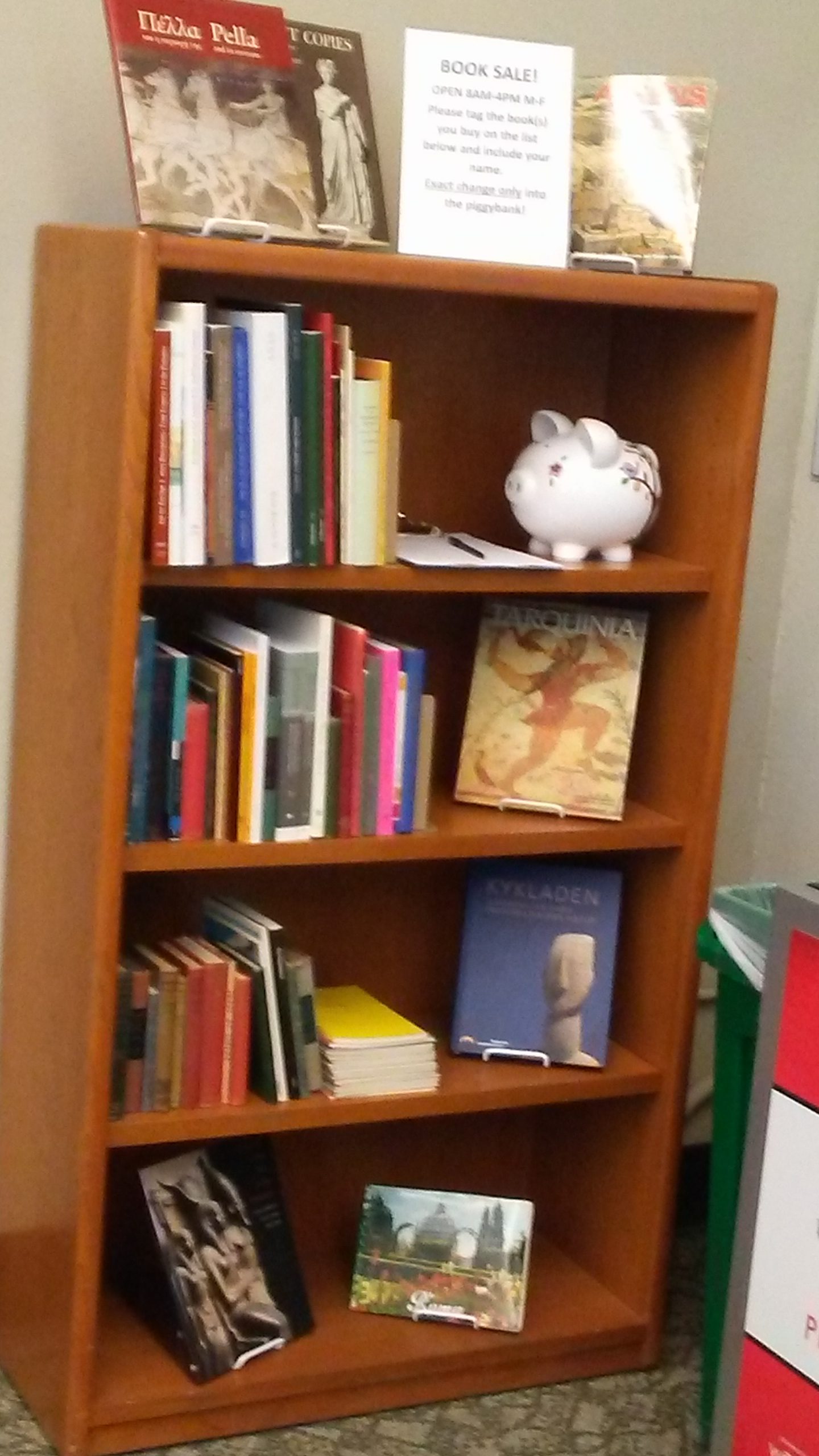Today is the day of the assassination of Julius Caesar in 44 BCE, precipitating the death of the Republic. Below are some passages from Plutarch, Suetonius, and Shakespeare speaking of the Ides of March as well as of the assassination itself, an image and description of the most famous of Roman coins, that of a bust of one of the principal assassins, Marcus Brutus, followed by a brief bibliography of primary and secondary sources.
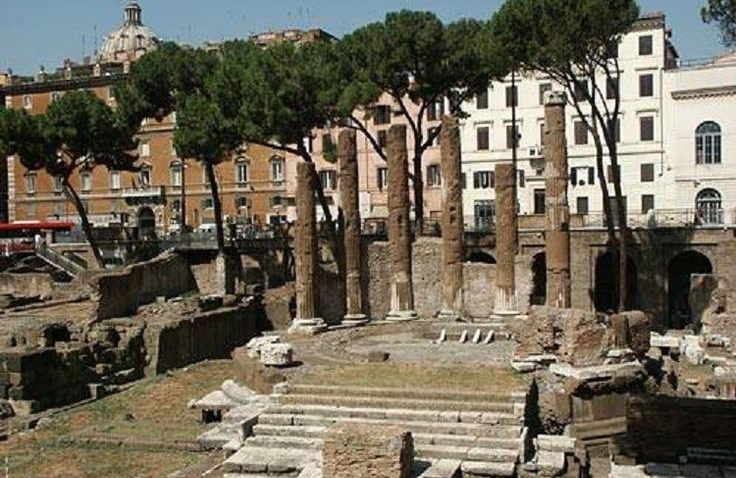
The Curia building by the Theater of Pompey on the present day Largo Argentina in Rome, the place of Julius Caesar’s assassination. Supposedly, the place will undergo renovations and be opened to the public in a couple of years (although there have been many earlier reports to this effect), which is causing concern among the city of Rome’s many cat lovers since the spot is currently inhabited by felines who have lived there, probably ever since the murder of Caesar. https://www.smithsonianmag.com/smart-news/site-where-julius-caesar-was-stabbed-will-finally-open-public-180971613/?utm_source=smithsoniandaily&utm_medium=email&utm_campaign=20190305-daily-responsive&spMailingID=39059296&spUserID=ODM4Njc3MTA5NjUS1&spJobID=1480462980&spReportId=MTQ4MDQ2Mjk4MAS2&fbclid=IwAR1llLQDzEH15xKhUGIe-PB25s67afhUOjMnjG6ageSAL0Hjg5hYbO9NoSU
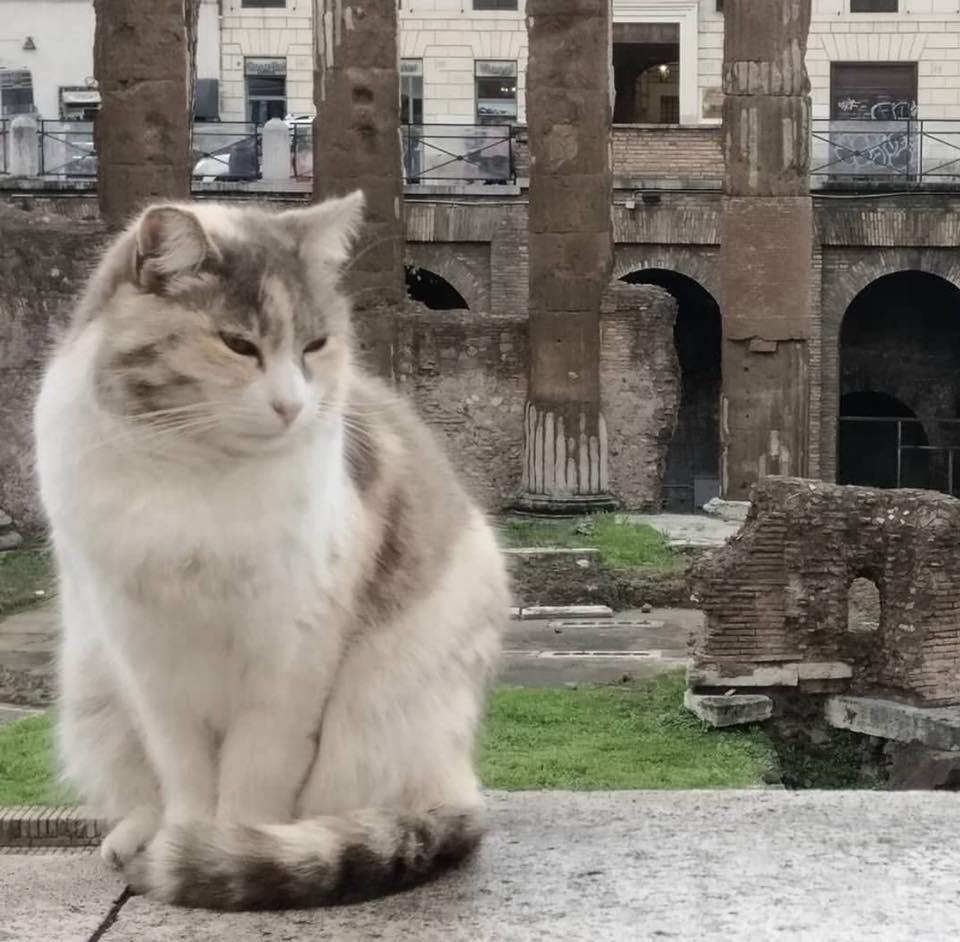

Plutarch
“…ὥς τις αὐτῷ μάντις ἡμέρᾳ Μαρτίου μηνός, ἣν Εἰδοὺς Ῥωμαῖοι καλοῦσι, προείποι μέγαν φυλάττεσθαι κίνδυνον· ἐλθούσης δὲ τῆς ἡμέρας προϊὼν ὁ Καῖσαρ εἰς τὴν σύγκλητον ἀσπασάμενος προσπαίξειε τῷ μάντει φάμενος· “Αἱ μὲν δὴ Μάρτιαι Εἰδοὶ πάρεισιν,” ὁ δὲ ἡσυχῆ πρὸς αὐτὸν εἴποι· “Ναὶ πάρεισιν, ἀλλ᾿οὐ παρεληλύθασι…” (Parallel Lives, Caesar 63.3-4). https://www.loebclassics.com/view/plutarch-lives_caesar/1919/pb_LCL099.443.xml?rskey=FylsHE&result=37
“A certain seer warned Caesar to be on his guard against a great peril on the day of the month of March which the Romans call the Ides; and when the day had come and Caesar was on his way to the senate-house, he greeted the seer with a jest and said: “Well, the Ides of March are come,” and the seer said to him softly: “Aye, they are come, but they are not gone.”

Shakespeare
Julius Caesar, Act I, Scene II:
http://shakespeare.mit.edu/julius_caesar/julius_caesar.1.2.html
Soothsayer
Caesar!
CAESAR
Ha! who calls?
CASCA
Bid every noise be still: peace yet again!
CAESAR
Who is it in the press that calls on me?
I hear a tongue, shriller than all the music,
Cry ‘Caesar!’ Speak; Caesar is turn’d to hear.
Soothsayer
Beware the ides of March.
CAESAR
What man is that?
BRUTUS
A soothsayer bids you beware the ides of March.
CAESAR
Set him before me; let me see his face.
CASSIUS
Fellow, come from the throng; look upon Caesar.
CAESAR
What say’st thou to me now? speak once again.
Soothsayer
Beware the ides of March.
CAESAR
He is a dreamer; let us leave him: pass.

Suetonius
“Assidentem conspirati specie officii circumsteterunt, ilicoque Cimber Tillius, qui primas partes susceperat, quasi aliquid rogaturus propius accessit renuentique et gestu in aliud tempus differenti ab utroque umero togam adprehendit; deinde clamantem: “Ista quidem vis est!” alter e Cascis aversum vulnerat paulum infra iugulum. Caesar Cascae brachium arreptum graphio traiecit conatusque prosilire alio vulnere tardatus est; utque animadvertit undique se strictis pugionibus peti, toga caput obvolvit, simul sinistra manu sinum ad ima crura deduxit, quo honestius caderet etiam inferiore corporis parte velata. Atque ita tribus et viginti plagis confossus est uno modo ad primum ictum gemitu sine voce edito, etsi tradiderunt quidam Marco Bruto irruenti dixisse: καὶ σὺ τέκνον; Exanimis diffugientibus cunctis aliquamdiu iacuit, donec lecticae impositum, dependente brachio, tres servoli domum rettulerunt. Nec in tot vulneribus, ut Antistius medicus existimabat, letale ullum repertum est, nisi quod secundo loco in pectore acceperat” (De Vita Caesarum, The Deified Julius 82.1-4).https://www.loebclassics.com/view/suetonius-lives_caesars_book_i_deified_julius/1914/pb_LCL031.37.xml?rskey=IIrllU&result=1
“As he took his seat, the conspirators gathered about him as if to pay their respects, and straightway Tillius Cimber, who had assumed the lead, came nearer as though to ask something; and when Caesar with a gesture put him off to another time, Cimber caught his toga by both shoulders; then as Caesar cried, “Why, this is violence!” one of the Cascas stabbed him from one side just below the throat. Caesar caught Casca’s arm and ran it through with his stylus, but as he tried to leap to his feet, he was stopped by another wound. When he saw that he was beset on every side by drawn daggers, he muffled his head in his robe, and at the same time drew down its fold to his feet with his left hand, in order to fall more decently, with the lower part of his body also covered. And in this wise he was stabbed with three and twenty wounds, uttering not a word, but merely a groan at the first stroke, though some have written that when Marcus Brutus rushed at him, he said in Greek, “You too, my child?” All the conspirators made off, and he lay there lifeless for some time, until finally three common slaves put him on a litter and carried him home, with one arm hanging down. And of so many wounds none turned out to be mortal, in the opinion of the physician Antistius, except the second one in the breast.”

The Most Famous of all Roman Coins!

BRVT ∙ IMP ∙ PLAET ∙ CEST with Brutus head on the obverse and EID ∙ MAR with a pileus and two daggers on the reverse.
Late summer-autumn 42 BC. AR Denarius (18mm, 3.59 g, 12h). Military mint traveling with Brutus and Cassius in western Asia Minor or northern Greece; L. Plaetorius Cestianus, magistrate. Bare head of Brutus right; BRVT above, IMP to right, L • PLAET • CEST around to left / Pileus between two daggers pointing downward; EID • MAR below. Crawford 508/3; Cahn 22 (same dies); CRI 216; Sydenham 1301; RSC 15; RBW –. Good VF, deeply toned, a little off center and minor porosity on obverse. Very rare. This extraordinary type is one of the few specific coin issues mentioned by any classical author, in this case, Dio Cassius. Roman History 47.25.3: “Brutus stamped upon the coins which were being minted his own likeness and a cap and two daggers, indicating by this and by the inscription that he and Cassius had liberated the fatherland.”

Brief Bibliography
- Beware of Ides of March. But why? By Martin Stezano, Match 13, 2017. History Channel stories — https://www.history.com/news/beware-the-ides-of-march-but-why
- Caesar. TNT presents a De Angelis Group and Five Mile River Films production; a film by Uli Edel; producers, Giuseppe Pedersoli, Jonas Bauer; written by Peter Pruce and Craig Warner; directed by Uli Edel. Featuring Jeremy Sisto, Richard Harris, Christopher Walken, Christopher Noth, Valeria Golino, Heino Ferch, Tobias Moretti. New York: Good Times Entertainment, 2004 — CLASS Reserves DG 261.C337 2004
- Caesar Must Die. San Francisco: Kanopy Streaming, 2014 — https://uc.kanopystreaming.com/video/caesar-must-die
- Dando-Collins, Stephen. The Ides: Caesar’s Murder and the War for Rome. Hoboken, NJ: Wiley, 2010 — CLASS Stacks DG 267.D26 2010
- Freeman, Philip. Julius Caesar. New York: Simon & Schuster, 2008 — CLASS Stacks DG 261.F784 2008
- Julius Caesar. Festival Films (1948). New York: Distributed by Films Media Group, 2016. Films on Demand — http://fod.infobase.com/p_ViewVideo.aspx?xtid=115179
- Julius Caesar. San Francisco: Kanopy Streaming, 2015 — https://uc.kanopystreaming.com/video/julius-caesar-0
- Life and Death of Julius Caesar. Arden Shakespeare. MIT —http://shakespeare.mit.edu/julius_caesar/full.html (The Complete Works of William Shakespeare http://shakespeare.mit.edu/index.html)
- Living History: Experiencing Great Events of the Ancient and Medieval Worlds: The Final Days of Julius Caesar. San Francisco: Kanopy Streaming, 2016 — https://uc.kanopystreaming.com/video/living-history-experiencing-great-events–10
- Mackay, Christopher. The Breakdown of the Roman Republic: From Oligarchy to Empire. New York: Cambridge University Press, 2009 — CLASS Stacks DG 254.M25 2009
- Manfredi, Valerio Massimo. The Ides of March [fiction]. New York: Europa Editions, 2010 — Langsam PQ 4873.A4776 I3513 2010
- Parenti, Michael. The Assassination of Julius Caesar: A People’s History of Ancient Rome. New York: New Press, 2003 — CLASS Stacks DG 267.P37 2003
- Plutarch. The Age of Caesar: Five Roman Lives. Translated by Pamela Mensch; edited, with preface and notes, by James Romm; introduction by Mary Beard. New York: W. W. Norton & Company, 2017 — CLASS Stacks DG 260.A1 P53 2017
- “The Real Story behind the Assassination of Julius Caesar” by Larry Getlen, March 1, 2015. The New York Post — https://nypost.com/2015/03/01/the-real-story-behind-the-assassination-of-julius-caesar/
- Strauss, Barry S. The Death of Caesar: The Story of History’s Most Famous Assassination. New York, NY: Simon & Schuster, 2015 — CLASS Stacks DG 267.S77 2015
- Suetonius. Lives of the Caesars. With an English translation by J.C. Rolfe. Cambridge, MA: Harvard University Press, 2014 — https://www.loebclassics.com/view/LCL031/1914/volume.xml
- Sumi, Geoffrey S. Ceremony and Power: Performing Politics in Rome between Republic and Empire. Ann Arbor: University of Michigan Press, 2005 — CLASS Stacks DG254.2.S86 2005
- Tempest, Kathryn. Brutus: The Noble Conspirator. New Haven: Yale University Press, 2017 — CLASS Stacks DG 260.B83 T46 2017
- The Tragedy of Julius Caesar. Open Source Shakespeare (see esp. lines 96-110) — https://www.opensourceshakespeare.org/views/plays/play_view.php?WorkID=juliuscaesar&Act=1&Scene=2&Scope=scene
- What Are the Ides of March? March 12, 2014. History Channel stories — https://www.history.com/news/ask-history/what-are-the-ides-of-march
- William Shakespeare’s Julius Caesar. BBC Play of the Month adaptation, originally broadcast on the 13th of April 1969. Featuring Robert Stephens as Mark Antony, Maurice Denham as Julius Caesar, Frank Finlay as Brutus and Edward Woodward as Cassius. YouTube — https://www.youtube.com/watch?v=JInTNKLaEI4
- Woolf, Greg. Et tu, Brute?: The Murder of Caesar and Political Assassination. London: Profile Books, 2006 — CLASS Stacks DG 267.W66 2006


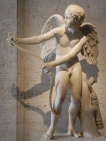
 Read the
Read the 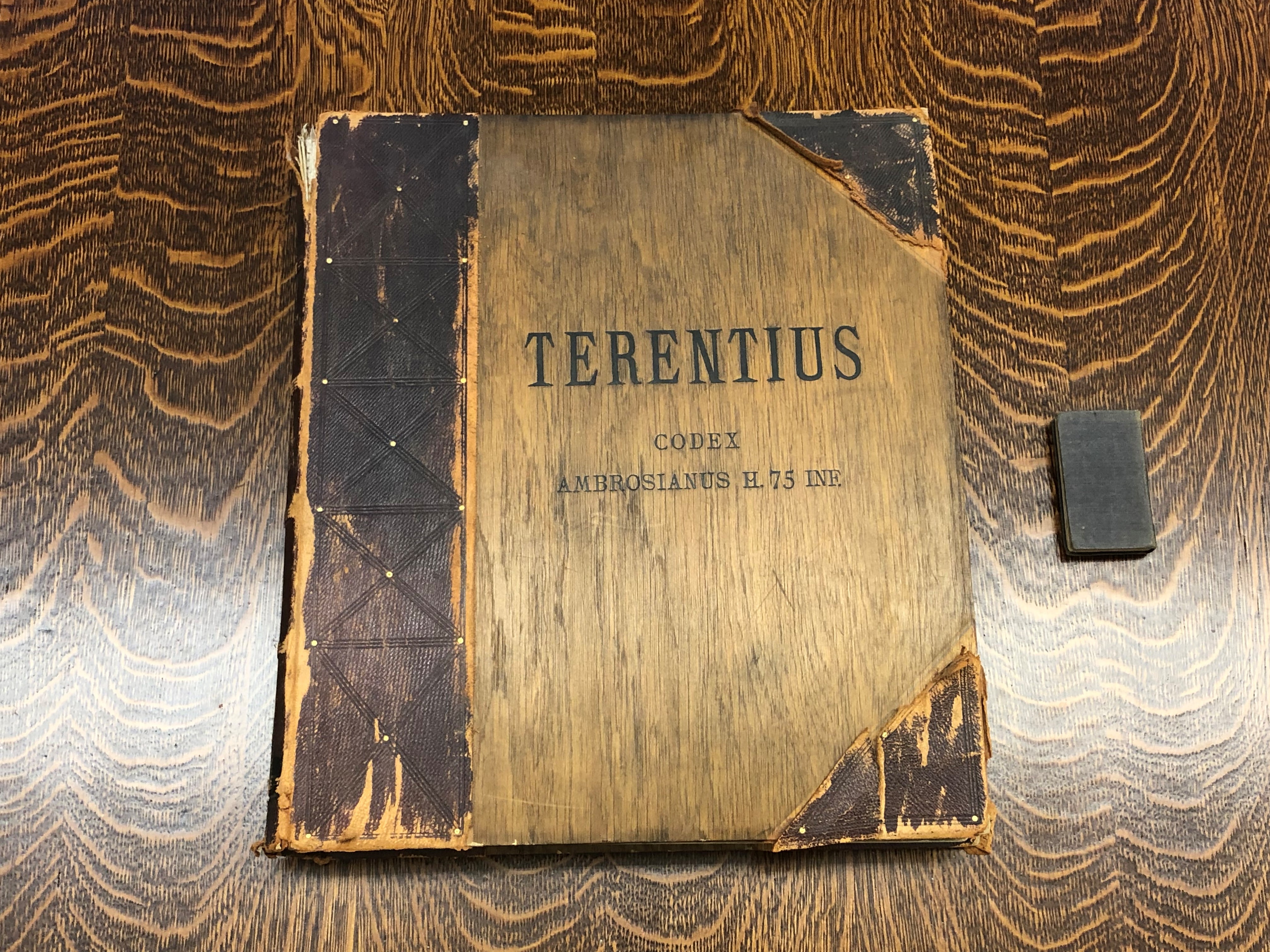
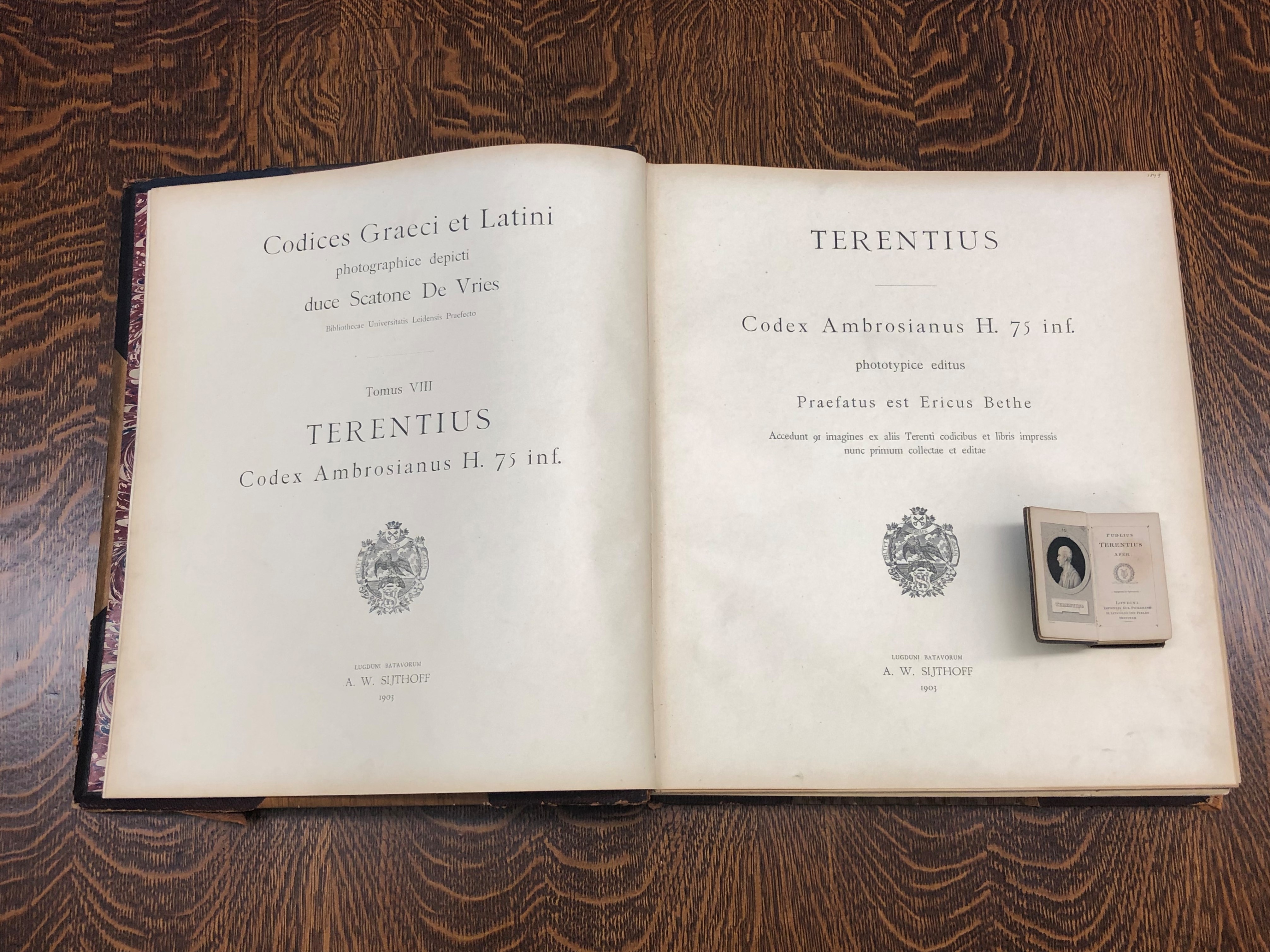
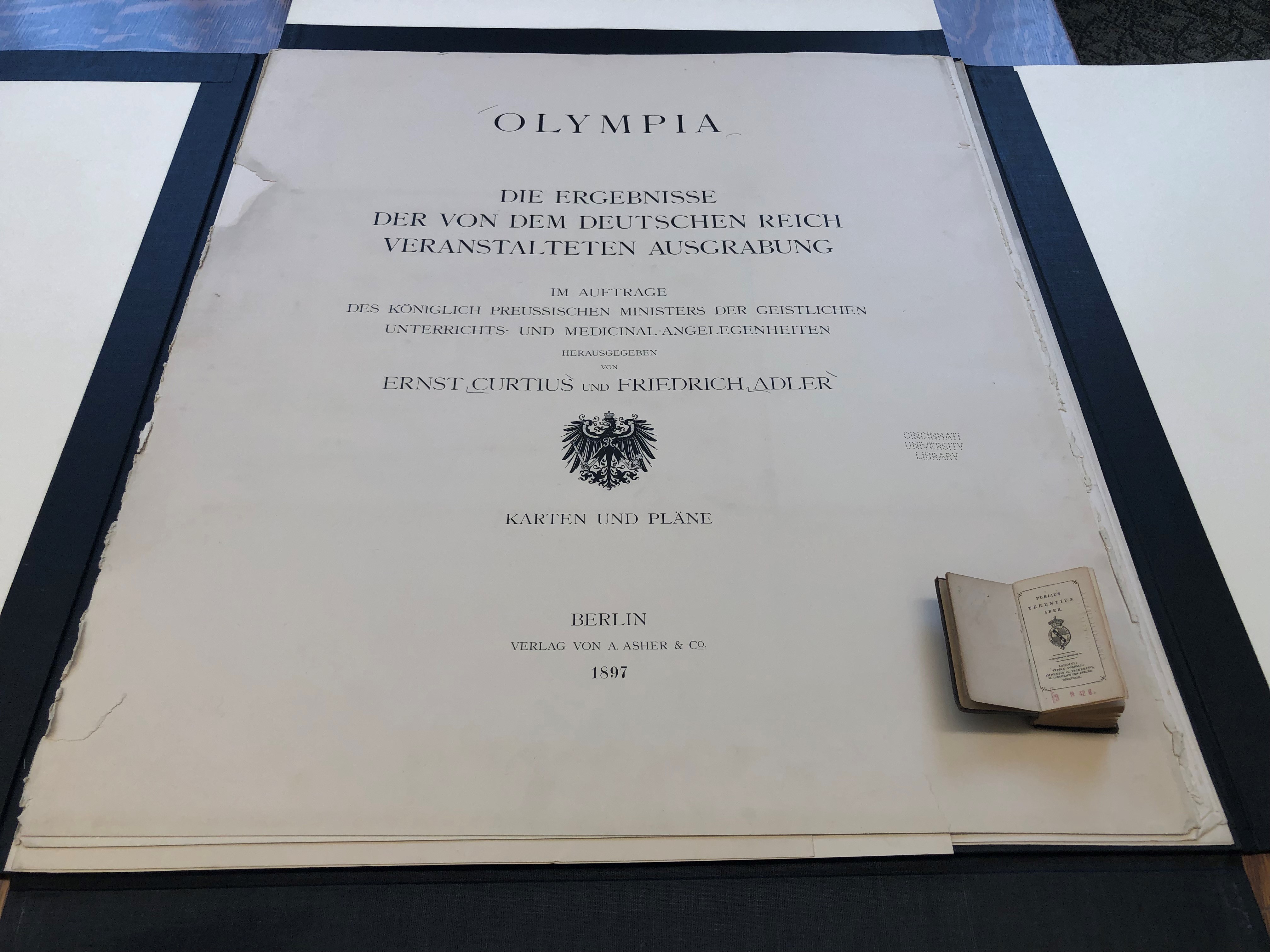
 Professor Leontis’ talk from October 26 can now be viewed in its entirety:
Professor Leontis’ talk from October 26 can now be viewed in its entirety: 